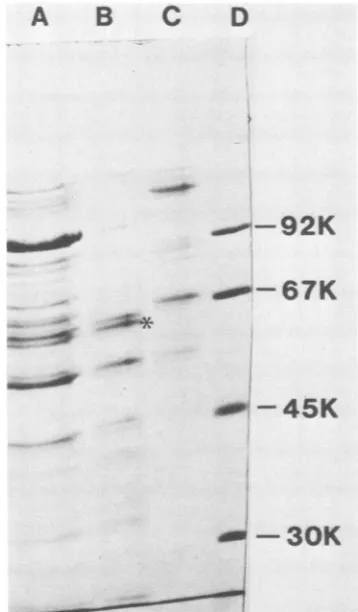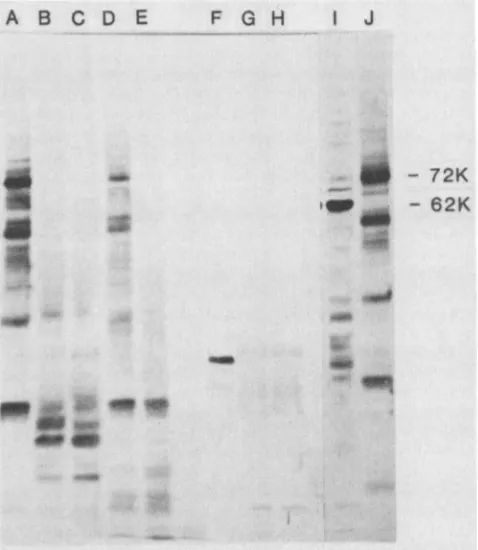Identification and characterization of a cellular protein that cross-reacts with the Epstein-Barr virus nuclear antigen.
Full text
Figure




Related documents
are in actual employment.. many people to make a profit, this learning process is no exception in engineering education, starting from conducting needs and curriculum
By using monospecific anti-nsP3 antibodies in combina- tion with immunofluorescence microscopy, we showed re- cently that SFV-specific nonstructural protein nsP3 is local- ized to
We have analyzed LCMV isolates derived from purified CD4+ T cells and macrophages of congenitally infected carrier mice and shown that three types of variants are present in
genes suggest that the signals generated by occupancy of type I and type II IFN receptors may not be identical, consistent with reports of synergistic effects of the different types
whereas nude rats were highly resistant to tumor challenge with Ad2-transformed hamster cell lines (either no tumors were observed, or small tumor nodules appeared and then
No differences were recorded between wearing and not wearing these light masks in the change in thickness in the zone of maximum retinal thickness, total macular volume,
Background: To evaluate functional visual parameters using photocromic and selective blue-violet light filtering spectacle lenses in patients affected by central or peripheral